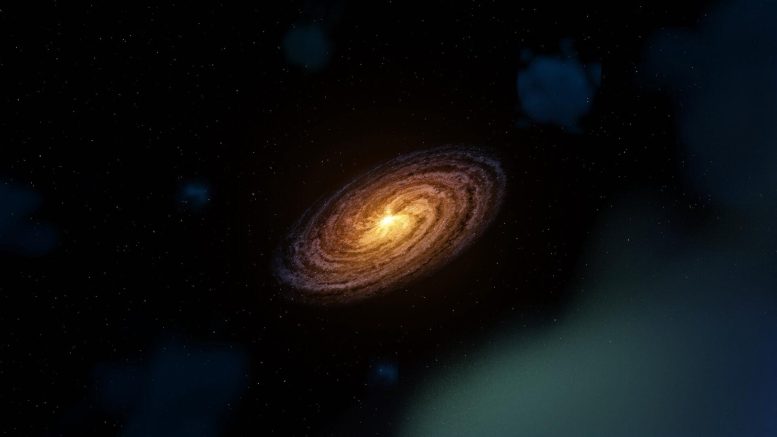
Illustration of the faint fuel reservoirs that surround galaxies, allowing them to form new stars and planetary systems. Credit: Shireen Dooling/ASU
Most galaxies, including our own, grow by accumulating new material and turning them into stars — that much is known. What has been unknown is where that new material comes from and how it flows into galaxies to create stars.
In a recently published study, Arizona State University astronomer Sanchayeeta Borthakur has identified the faint fuel reservoirs that surround galaxies, and how this fuel can fall into galaxies, allowing them to form new stars and planetary systems. Her research has been published in the American Astronomical Society’s Astrophysical Journal.
Previous research in the field of star formation suggested that some galaxies are producing more stars than what their reserve of star-forming gas would allow. This implied to Borthakur, who is an assistant professor at ASU’s School of Earth and Space Exploration, that new gas must be coming into the galaxies and supporting the formation of new stars and planets.
“Observations of galaxies are similar to looking through an airplane window at night and seeing bright city lights surrounded by darkness. Finding this fuel source is like discovering that in the darkness lies the farms and supply routes that support the populations in the cities,” explains Borthakur.
To determine where the gas might be originating, Borthakur used a statistical method known as cross-correlation (to measure the association between two quantities), and data from two publicly available astronomy catalogues: the ALFALFA survey from the Arecibo telescope and the Survey of the Low-Redshift Intergalactic Medium from the Hubble Space Telescope’s Cosmic Origins Spectrograph. With those data, she was able to quantify how gas-rich galaxies are associated with clouds seen in the intergalactic medium.
“It’s like discovering the existence and the location of gas stations in an image of a city full of vehicles,” says Borthakur.
For next steps, she hopes to identify the pathways through which these gas clouds can reach the inner regions of the galaxies where stars are formed.
“Galaxies like ours will continue to grow by forming many more solar systems as new material comes in,” she says. “Understanding the source of the star fuel allows us to predict if new stars will be formed in the future.”
Reference: “How are Lya Absorbers in the Cosmic Web Related to Gas-rich Galaxies?” by Sanchayeeta Borthakur, 19 January 2022, Astrophysical Journal.
DOI: 10.3847/1538-4357/ac3133

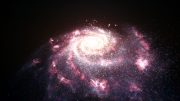


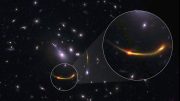
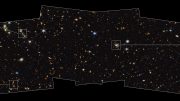
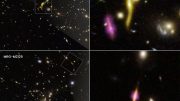


There is a constant outflow from the middle of all galaxies, and I hope that we in future to come will be able to have that in mind when talking about Black Holes. It’s a constant outflow, which matters and plays a central role, because it is constant.
That’s a black hole. I know what you do not.
Have a amazing day.
Herman (Dusty) Rhodes here, … I also thought of this years ago thinking that there might be fuel for atoms that feed them from outside their galaxy. It could be the dark matter that science is searching for. It’s all about creation.
There are muilti universes, each inside in a spherical, and all are connected to each other through wormhole transferring the matter.
Black holes are physics nonsense. Gravitational collapse cannot take place because gravity at centre of mass has always been zero!
I was the one who created it fixed the fabric of space.
If you like the truth.
I am truth.